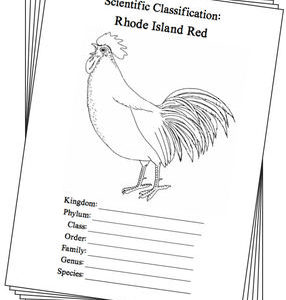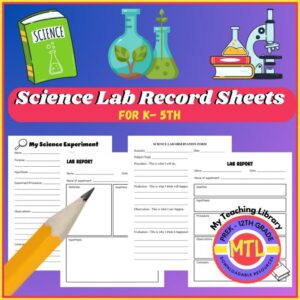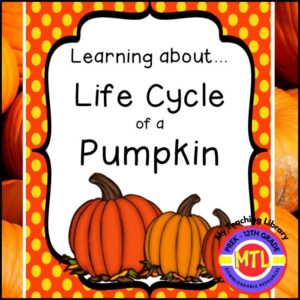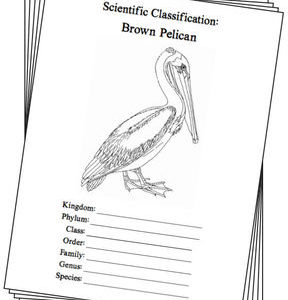Description
Are you an “ALL ACCESS” subscriber on My Teaching Library? If not, learn more @ “All Access” member here!
BE the FIRST to know about NEW Products by joining the
My Teaching Library FB group
Posts are made in this group first!!
$4.00
General Biology – Unit 1 will introduce high school students to Biology by defining it, giving history and explaining the scientific method. There are 6 lessons within the unit:
Lesson 1: Defines biology and major fields within it
Lesson 2: Various different fields and careers within biology
Lesson 3: The microscope
Lesson 4: History of biology
Lesson 5: The Scientific method
Lesson 6: The design of experiments
Each lesson includes written informational text and is followed by student questions and/or worksheets plus a unit 1 test. Answer keys and optional assignments list is also included.
Are you an “ALL ACCESS” subscriber on My Teaching Library? If not, learn more @ “All Access” member here!
BE the FIRST to know about NEW Products by joining the
My Teaching Library FB group
Posts are made in this group first!!
Only logged in customers who have purchased this product may leave a review.

Studying the state of Rhode Island? Perhaps doing a unit on Ornithology? Check out this Notebooking set designed around the Rhode Island State Bird!
What type of pages are contained in this set:
– A map page (for the state)
– Scientific classification page
– A page for students to give details about the bird’s physical description, habitat, diet, life span and reproduction
– A page where students will do additional map work to show where in the U.S. the bird lives in addition to migration information
– Coloring page
– Several pages on which students can use for expository and/or creative writing as well as sections in which students may draw.
14 pages in all and is designed for different levels / abilities.

These science experiment lab record worksheets will give your elementary students the opportunity to organize their thoughts, activities, observations and conclusions for any experiment they may perform.
There are 3 different worksheets from which to choose:
#1: “Science Labe Observation Form” – 1 page
– Students will name themselves as the ‘scientist’ and will be given sections to name the subject/topic, give details for the procedure (what they will do), their prediction (what they think will happen, their observations (what they saw) and an evaluation (why they think the result happened and what was learned).
#2: “Lab Report” – 2 pages
– First page (completed prior to the experiment): Students will name the experiment, list materials, questions they have and their hypothesis.
– Second page (completed after the experiment): Students will name the specific question they are testing, restate their hypothesis, detail the procedure and observations and then write their conclusions.
#3: “My Science Experiment” – 1 page
– Students will state the purpose of the experiment, their hypothesis, detail the procedure, give their observations and write their conclusions.


Studying the state of Louisiana? Perhaps doing a unit on Ornithology? Check out this Notebooking set designed around the Louisiana State Bird!
What type of pages are contained in this set:
– A map page (for the state)
– Scientific classification page
– A page for students to give details about the bird’s physical description, habitat, diet, life span and reproduction
– A page where students will do additional map work to show where in the U.S. the bird lives in addition to migration information
– Coloring page
– Several pages on which students can use for expository and/or creative writing as well as sections in which students may draw.
14 pages in all and is designed for different levels / abilities.


Reviews
There are no reviews yet.